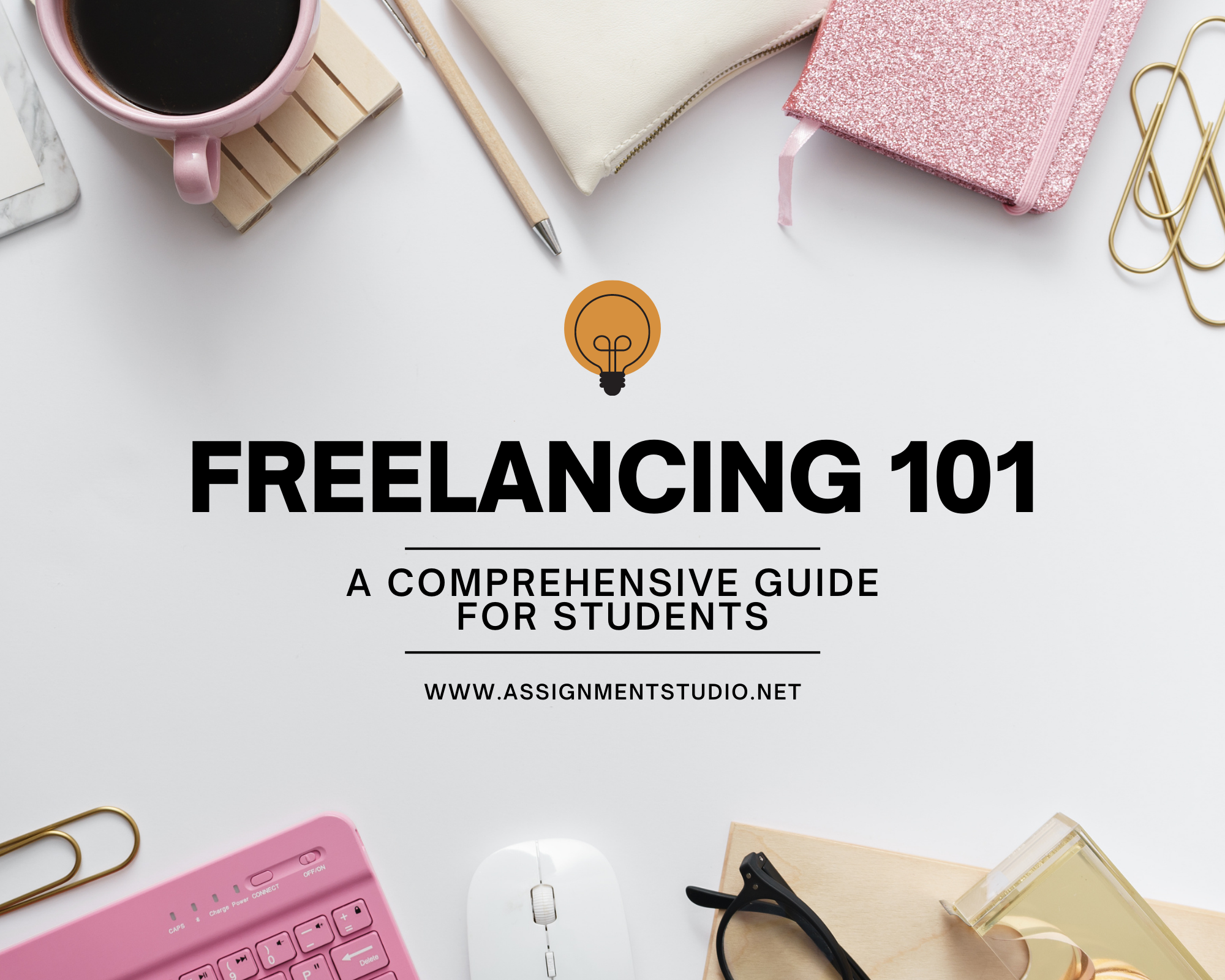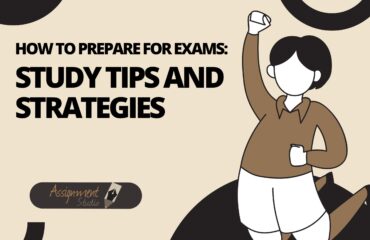
Are you ready to take control of your own destiny as a freelancer? The freedom of freelancing is calling your name and the opportunities are endless. You have a skill or talent that others will pay for, you just have to take that first courageous leap into self-employment. This guide provides everything you need to know to start your freelancing journey on the right foot. Get ready to say goodbye to boring summer jobs and hello to working on your own terms.
The freelance lifestyle offers flexibility, independence and the chance to choose who you work with and what types of projects you take on. You can gain valuable real-world experience, build your resume and make decent money as a student freelancer. The freelance economy is booming and there are opportunities in fields like writing, programming, graphic design and more. What are you waiting for? Read on to learn how to find your first clients, set your rates, build your portfolio and launch a successful freelance business as a student. The future is freelance and the future is now.
Table of Contents
What is Freelancing?
Freelancing is working for yourself as an independent contractor, providing service to clients on a project basis. It is a flexible, rewarding career path that allows you to be your own boss.
The Benefit of Freelancing
As a student, freelancing comes with some major potential perks, including:
Flexibility: you can work around your class schedule and set your own hours. No more rigid work schedules or long commutes!
Choice of clients and projects: As a freelancer, you have the freedom to choose projects you care about and work with clients you enjoy. You can focus on the work you find most meaningful and impactful.
Marketable skills: Freelancing helps you develop skills that are useful for any career, like communication, time management, self-motivation, and problem-solving. These soft skills will benefit you for life.
Setting your own rates: As a freelancer, you enjoy total control of setting your own rate. So, if you are an expert at what you do and deliver the result exactly as the client demands and have proofs to show then you can ask for rates that demonstrate your talent.
Extra Income: making some money on the side as a freelancer can help supplement your income or pay off student loans. Even earning an extra $500 to $1000 a month can make a huge difference if you are an international student.
Pros and Cons of Freelancing for Students
As a student, freelancing is a great way to gain valuable work experience, build your skills, and earn some extra money on the side. The pros definitely outweigh the cons, so here are a few of the major benefits and potential downsides to consider:
Pros:
- Gain real-world experience. Freelancing allows you to apply what you’re learning in school to real work for actual clients. This kind of experience looks great on college applications and resumes.
- Set your own hours. Freelance work is flexible, so you can set your own schedule around classes and exams. Work as much or as little as you want.
- Build your portfolio. The work you do for clients can help build an impressive portfolio to showcase your skills. A robust portfolio is key to landing internships or jobs after graduation.
Cons:
- Unpredictable income. Freelance income can be inconsistent and unpredictable. Some months may be more lucrative than others. Make sure to budget wisely.
- Lots of competition. There is a lot of competition for many freelance jobs, especially those that pay well. It may take time to find and secure consistent work. Don’t get discouraged!
- Additional costs. As a freelancer, you’ll need to pay for costs like websites, marketing, software, hardware, and business licenses yourself. Factor these additional costs into your rates.
Overall, freelancing in college is a great opportunity that can provide benefits far beyond a little extra money in your pocket. With some dedication, you’ll gain the experience to set yourself up for success after graduation!
Steps to Start Freelancing as a Student
So, you want to start making money as a freelancer while still in school? That’s awesome! Freelancing is a great way to gain valuable experience, build your skills, and earn some cash on the side. Here are the key steps to get started:
Find Your Niche
First, determine what skills or services you want to offer. Make a list of your strengths, talents, and interests. Some options could be:
- Writing (blogs, articles, copywriting)
- Graphic design (logos, flyers, social media posts)
- Tutoring (online or in-person)
- Website developer
- Online tutor/teacher
- Video editing
- Transcription
- Surveys
Choose something you’re good at and passionate about. That way, freelancing will feel more like fun and less like work!
Build Your Portfolio
To come across as a reliable freelancer you need a portfolio that contains examples of your best work. If you have samples from previous gigs and stellar recommendations add them to your portfolio. Set up a website to highlight your skills and share your portfolio. You can use free platforms like Wix, WordPress, or Carrd to build an easy website.
If you are a freelancer with no prior experience you might be wondering, what can you add to your portfolio.
Find Clients
Now that you have a freelance service to offer, it is time to start looking for clients. Start searching for freelance jobs on websites such as Upwork, Fiverr, Freelancer, or 99Designs. Reach out to friends, family, professors, and local businesses to let them know you’re available for freelance work. Don’t be afraid to pitch your services – the worst they can say is no!
If you are new to freelancing, being good at what you do won’t help you get clients. It is important that you put yourself out there so that potential clients can learn what you can offer. For that work with beta clients. Provide them with your service at low or no cost, in exchange for advice. Work only for two or three beta clients. After that, charge for your service appropriately.
Develop a Strategy to Attract High-Paying Clients
To make freelancing your full-time profession, it is important that you find long-term, high-paying clients. Cold emailing, teaming up with other freelancers, building relationships with people in your industry, and publishing helpful content in your niche are some methods you can use to attract such clients. Make sure you thoroughly research them before calling them to confidently sell them your services.
Set Your Rates
Determine how much you want to charge per hour or per project. Check what other freelancers in your field are charging to determine competitive rates. You can start on the lower end of the range and increase your rates over time as you gain more experience. Be adaptable and avoid over analyzing your pricing.
Best Websites for Getting Freelance Jobs
Here are some of the best sites to find freelancing work:
- Upwork
- Freelancer
- PeoplePerHour.com
- Fiverr
- Designhill
- Toptal
- We Work Remotely
- Simply Hired
- Freelancer
Get to Work!
Once you land your first gig, do an awesome job and get great reviews from your clients. Provide high-quality work, meet deadlines, and maintain good communication. Building a reputation for being a reliable, skilled freelancer will lead to more work and higher pay over the long run.
Keep at it and before you know it, you’ll be making a meaningful income from freelancing. Stay passionate, work hard, and the rest will follow! Freelancing gives you the freedom to work around your class schedule and gain practical experience in your field of study. You’ve got this! Now go out there and start hustling!






